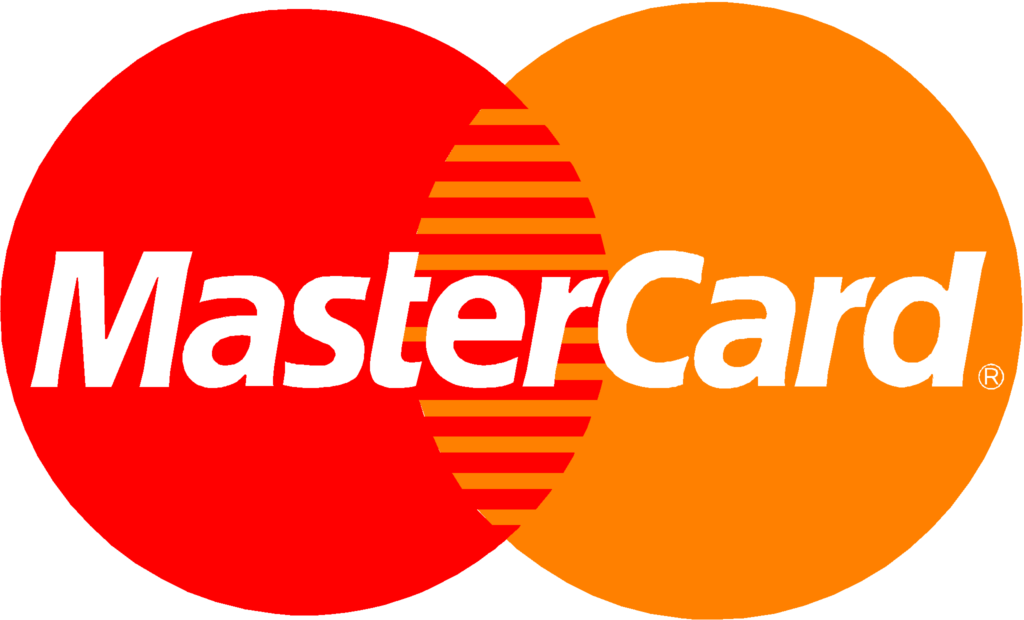Let us first know what Site Structure means?
Site structure refers to the way your website’s information is organized. A website consists of a variety of topics posted on different pages and blog posts. Site structure includes how your website’s content is grouped, linked, and presented to the viewer. If your website is well structured, it will benefit from this; users will be able to find their way more efficiently, and it would help Google index your URLs better. Taxonomies, like categories and tags, internal links, navigation, and breadcrumbs, are the tools to structure your site.
How does a Good SEO Site Structure help your website?
Now, what is user-friendly? Your website should have data that is properly organized and not cluttered. It should be easily readable by the visitor and easily crawlable and understandable by web Crawlers and Spiders. Also, this enhances the conversion funnel of a customer.
You must have a proper site architecture when you are trying to optimize your site for search engines. A proper site architecture will maximize the amount of time it takes for your site to be listed in a search engine. For your site to be ranked highly, you need to follow the rules that each search engine has set forth for ranking websites. Each search engine will list sites in different categories. For example, Google will rank your site according to the keyword or phrase that is most relevant to what your page is about.
Now let's see techniques for an SEO friendly Site Structure.
Plan and Make a Site Structure Blueprint
As you cannot start constructing a house without preparing its blueprint, you cannot make a website without making a plan beforehand.
You can use a pen and paper, or you can use other applications to make SILO structure. Silo structure is just an organized and logical grouping and flow of information on your website.
Decide if you want to go for a flat site structure or deep site structure SEO strategy.
A flat site structure lets the user reach the target page with very few clicks, whereas a deep site structure has long paths to reach desired pages.
Flat Site Structure

Deep Site Structure

Identify your goals
Your website’s structure should reflect what you want your visitors to do and where you want your users and search engine to reach, and the best way to improve your user experience is –
- Identify your stakeholders and target audience – First, you need to be aware of your audience. This will help you understand them and formulate strategies suited specifically for them.
- Identify the goals – Once you’ve identified your audience, decide what you want them to do or what do you expect from them. It may be purchasing your product, availing of your services, or signing up for something.
- Identify how you would achieve these goals – Know what landing page you want to take your users to and make proper site categories and other category pages.
URL structure should be SEO Friendly
- Use lower case words in the URL.
- Try to keep your URLs short.
- Try including the main keyword for your page in the URL and make it appealing for the visitors.
Establishing Header and Footer
You need to include your main categories and product pages in the header as it is a navigation menu that helps users and points users to the desired page. For example, putting home page, contact us, services/product, about us, etc., in header and footer and creating flow-through drop down menus that include other main site categories or category pages, blog post, etc.
Make sure you also put the content of your header into your footer. This will let the user navigate from no matter where they are on the website and reduce the bounce rate.
Featured Snippets
Well-Designed Site Hierarchy
Internal Linking
The proper internal linking process will lead to a smooth flow of traffic from one page to another, making the user experience better and will increase your site traffic.
This will also help drive traffic from the home page to your main categories and from main categories to any category page content.
Sitemap In Footer
Efficient Site navigation
A complete SEO solution will consist of content, keywords, Meta tags, URL structure, incoming links, site maps, and more.
Bonus Point - Content Optimization
If you already have an established website and it looks like it will not rank better on the existing content, you should remove the old content and put new content in it. Don’t forget to include keywords in your new content.
Conclusion
However, many times, they fall short of their promises. Complete site architecture should consist of proper keyword research and analysis, keyword placement on web pages, and RSS feeds.
These aspects play an important role in the process of optimization and play a large factor in how well you rank within Google and other major search engines.
Your SEO Company must work closely with you to develop a complete strategy for your business, including all of the above factors.










